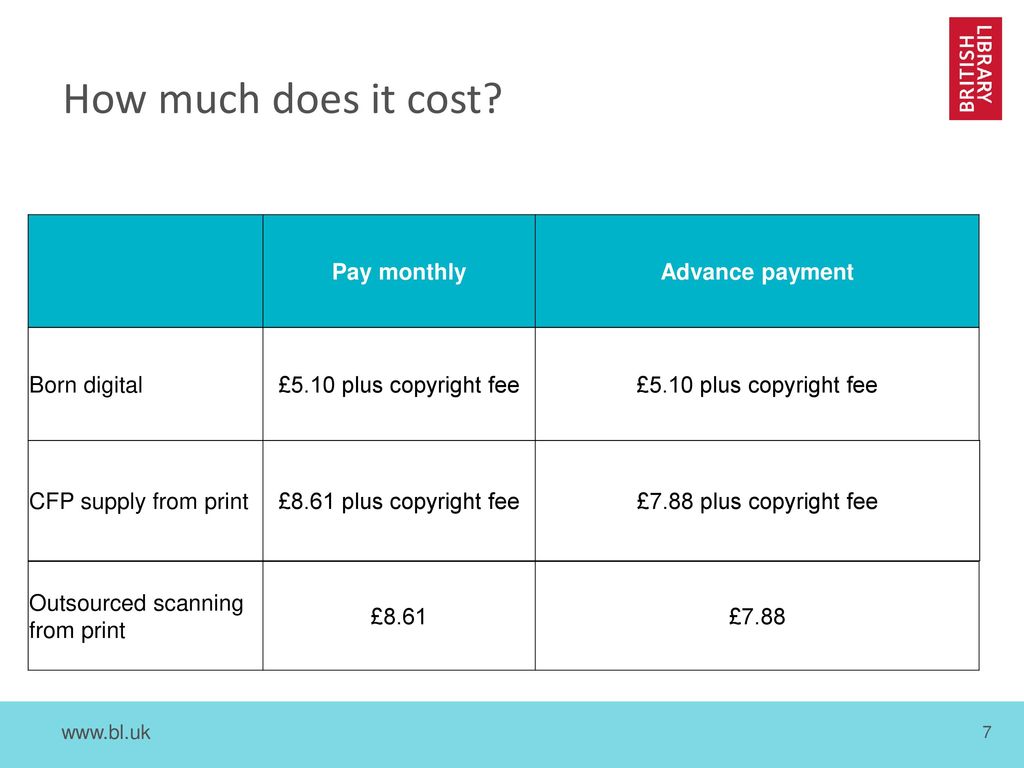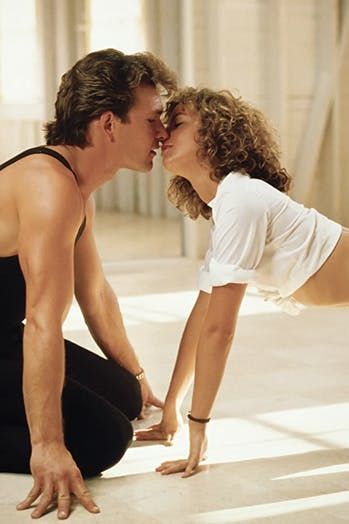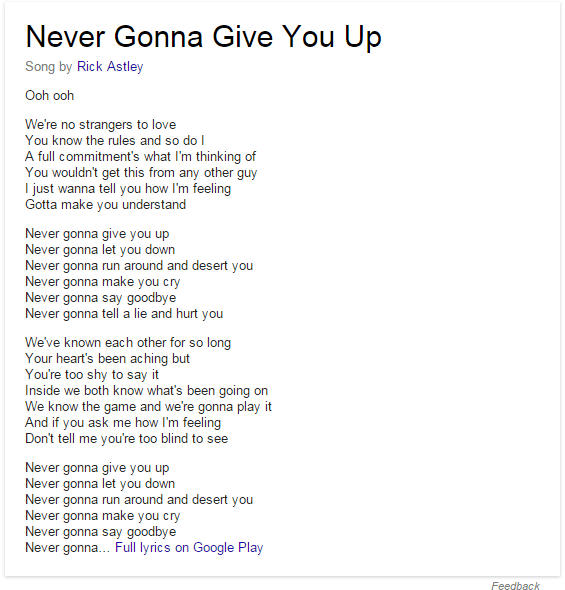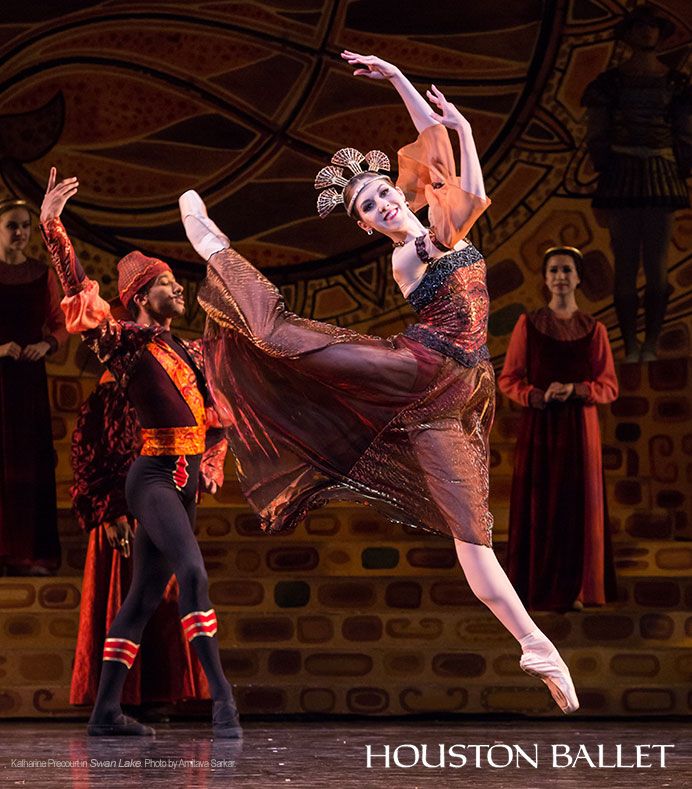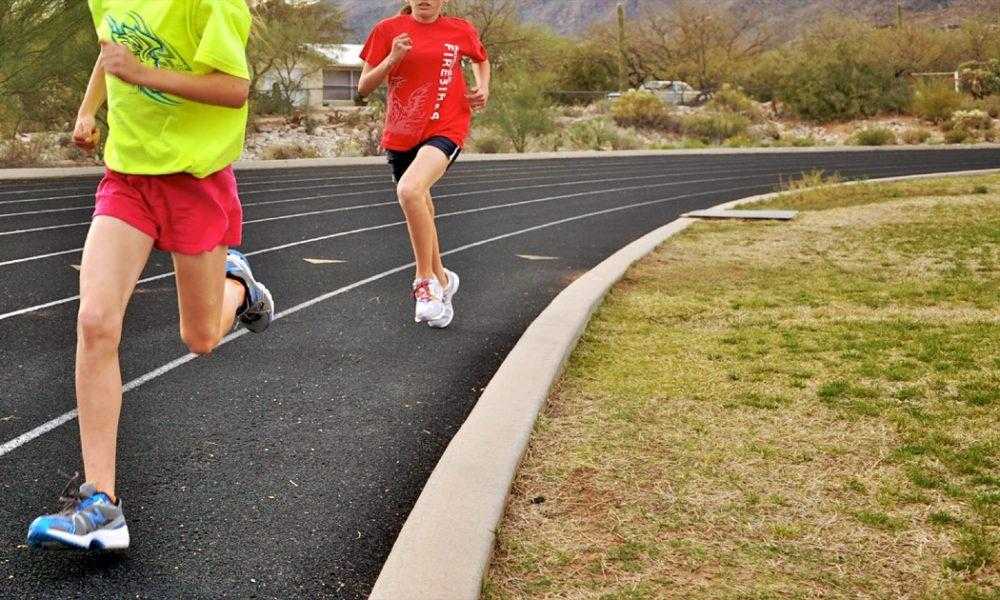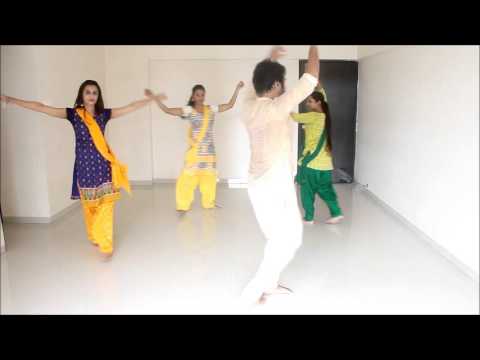How much do dance competitions cost
Competition Dance Costs
Competition dance … why does this always bring up images of Abby Lee Miller?
The last time I wrote about financing competitive dance, Piper had just finished her first season. (Read that post first if you are brand new to this!) I meant to write again last year, but money is such a sensitive topic. Every time I put amounts down in black/white – I cringe. Perhaps it’s better that I waited, because a lot has happened between Year 2 and Year 3.
The biggest change for us was a change in studios. Many things led to our decision, but it was the right move for us on a lot of levels. And, now, one year later €“ oh my stars, we made the right move!
So, money €¦ where are we now, what’s the same and what’s changed. First of all, I still track every penny. With that said, I can accurately account for how things have changed from year to year.
Our grand totals each year:
Year 1: $8,356.27 – 2 dances
Year 2: $13,565.75 – 5 dances
Year 3: $10,641. 91 – 8 dances
For ease of comparison, I’ll call the studio we were at for years 1and 2, Studio A. Our studio for year 3 will be Studio B.
TUITION: This is a little different at our Studio B. Tuition covers your weekly technique classes. At Studio A, it covered your weekly technique classes and your mandatory competition dance choreography and cleanings. (So, basically, in year 1- we got classes, plus two dance choreography/cleanings in our $260/month. In year 2 – we got classes, plus three dance choreography/cleanings in our $260month.)
At Studio B, our monthly tuition was $275/month. (That is raising to $300/month this coming year.) Piper took 11 classes each week and our tuition only covered those technique classes.
However, we are also offered the option of paying for the entire year in advance. We get a small discount when we take advantage of the offer. For our family, it’s a huge outpour of funds all at once, but it’s $300/month that we know is already paid.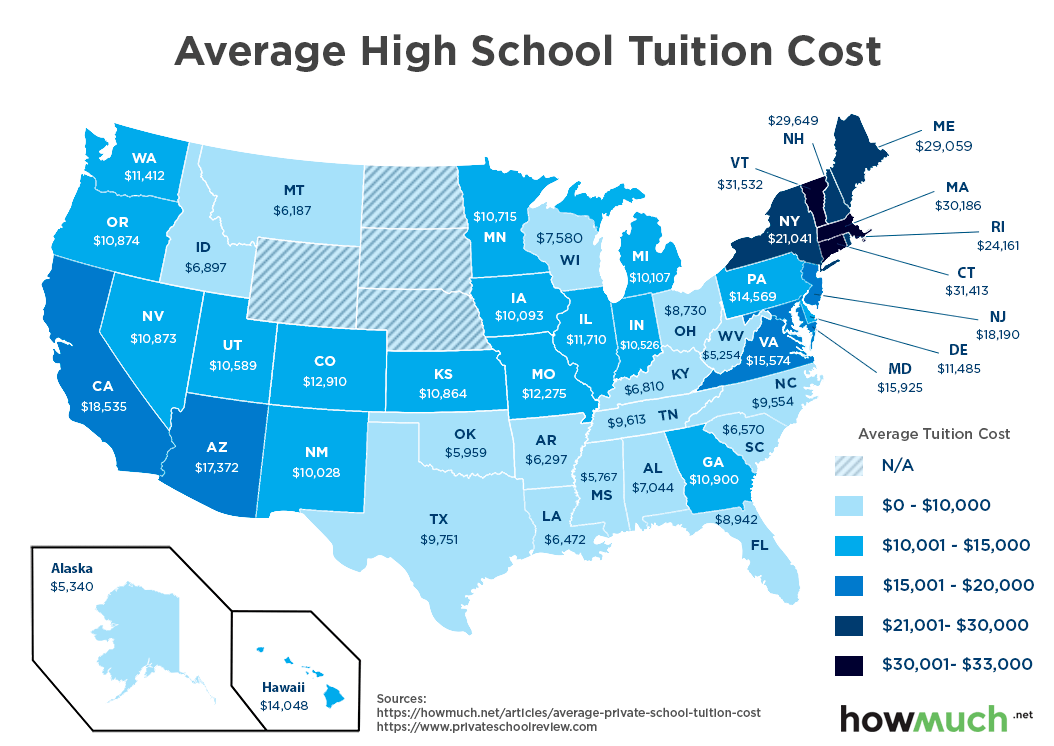 That comes in really handy when Christmas comes around, or an unexpected financial emergency arises.
That comes in really handy when Christmas comes around, or an unexpected financial emergency arises.
Total for tuition (Year 2) = $2,717.50
Total for tuition (Year 3) = $2,500
CHOREOGRAPHY/CLEANING: The last time I wrote about this topic, we were only doing our mandatory dances. At Studio A, you paid a choreography fee for any €œextra € dance – solo, group, duo/trio, etc. For example, we paid $350 for solo choreography, $134 for trio choreography, and $110 for a tap small group with 5 girls.
At Studio B, we pay a choreography fee for every dance. It’s nice for a few reasons. We are given the cost of each dance – a solo is $450, a duet is $550, small groups are $800, large groups are $1,000. The cost is split between the dancers in each group. For example, Piper could be cast in a group with 4 girls and our cost would be $200 for that number. But she could also be cast in a small group with 9 girls and it would be $88.89.
Given those costs and the odds of what a €œworst case scenario € could be, we are able to tell the director how many solos, duo/trios, groups we (1) think our daughter can handle and (2) our wallet can handle.
At Studio A, for the dances that required a choreography fee, it was truly just that – choreography only. From there, you paid a €œcleaning fee € every time that dance was cleaned ($35/half hour, $70/hour). This meant that I was constantly running into the studio waving cash €¦ and needed to have odd increments of bills available at all times. It was C-R-A-Z-Y. Especially for someone (me) who HATES carrying cash.
At Studio B, the cleaning fees for all group dances are included in the choreography cost. Thank you, Jesus! (I mean that literally.) It also means that although things are expensive on the front end, once it’s paid – it’s paid.
Total for choreography/cleaning (Year 2) = $280 (one dance)
Total for choreography/cleaning (Year 3) = $680 (six dances)
SOLO/DUETS/TRIOS: This is another area that we hadn’t explored last time. In Year 2, we started with a solo and during spring break added a trio, so those costs might be a bit skewed. For Year 3, we did a solo and trio again.
For Year 3, we did a solo and trio again.
Both Studio A and B do this the same way. You pay a choreography fee and then you pay for each cleaning separately. I think that’s industry standard.
These are the take aways that I have about a solo: A solo is worth every penny. The growth that comes from one-on-one time with your teacher is golden.
There are many kids that do multiple solos. For us, financially, we would rather Piper be in more group dances than add another solo. When she’s older and if she still thinks that this is what she wants to REALLY do as a career, we’ll add another solo. But, for now, our choice is one solo and more groups.
Total for solo/cleanings (Year 2) = $1,155
Total for trio/cleanings (Year 2) = $333 (1/2 season)
Total for solo/cleanings (Year 3) = $1,380
Total for trio/cleanings (Year 3) = $478
COSTUMES: I now consider myself a costume expert. We’ve done catalog and custom-made, and semi-homemade (catalog, then alter it to look like something else!). I’ve also learned that a lot of what happens with a costume depends on your studio and what they consider standard.
I’ve also learned that a lot of what happens with a costume depends on your studio and what they consider standard.
At Studio A, more was better. And more, and more. I love me some bling, but it was a lot! And many times the additions to the costume cost more than the basic costume.
At Studio B, we have some gorgeous costumes, too. But, there was a bit more of a €œLet’s try it like this €¦ if we see it needs more, then we’ll add more. But, let’s not just do it because we can. € And, guess what? Many times, costumes were gorgeous €œas is €. It made a difference in the bottom line.
My advice – learn to stone. Order stones wholesale. Both of these things will save you LOADS of money. And, some of the best Dance Mom moments I’ve had have come over a costume and a gross of crystals!
Total for costumes (Year 2) = $835.73 – 6 costumes
Total for costumes (Year 3) = $674.44 – 8 costumes
COMPETITION FEES: Last time, I wrote about how surprised I was when the time came to pay fees for competitions. It was significantly more than I ever imagined. Well, that was with two dances €¦ so imagine how numb I am now!
It was significantly more than I ever imagined. Well, that was with two dances €¦ so imagine how numb I am now!
To be honest, groups aren’t much (in the grand scheme). They run $35-45 on average. Duo/trios will run approximately $60. Solos are about $100.
The upside is that there is prize money. Whoo hooo! This is slightly different for each competition and sometimes depends on the number of entries in a category. It’s also an opportunity for studios to handle this in different ways.
Studio A – solo – the money is applied to your account; duo/trio/groups – the money is split and applied to your account.
Studio B – solo – the money is applied to your account; duo/trio – the money is split and applied to your account; groups – the money goes to the studio.
Total for competitions (Year 2) = $1,262.82 (5 dances)
Total for competitions (Year 3) = $1,601.68 (8 dances)
CONVENTIONS: When I write you this time next year, I will be an expert in this field.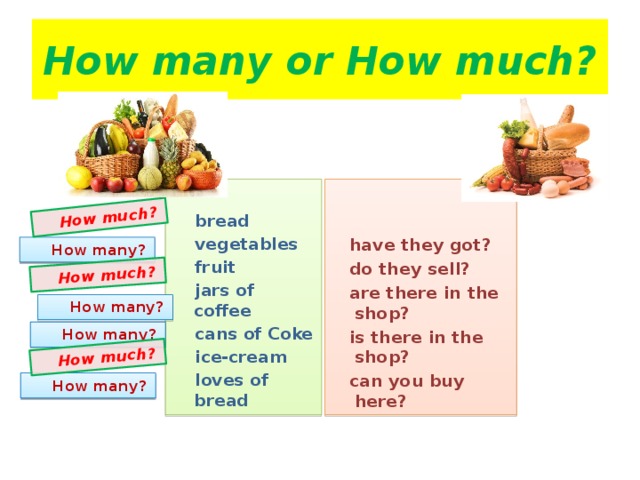 Our studio is doing all conventions next year with the exception of one competition. (Even doing a convention nationals!) We did one convention this year and Piper loved it. For me, I love that there are scholarship opportunities and (in our case, at least) the teachers in the sessions are amazing.
Our studio is doing all conventions next year with the exception of one competition. (Even doing a convention nationals!) We did one convention this year and Piper loved it. For me, I love that there are scholarship opportunities and (in our case, at least) the teachers in the sessions are amazing.
Of course, they are more expensive. For Piper’s age, we are looking at $225-260/per convention + competition fees. I’m thinking that it will add about $1,000 to our overall costs. We will have to weigh whether or not we stay in the convention hotel or drive back/forth from home for the local events. Staying in the hotel is another added cost, so we’ll play that one by ear.
ATTIRE: With a change in studio, brought a new change in attire (logo jacket/pants). My best advice for this is €œbuy with room to grow €. I got two seasons out of Piper’s attire for Studio A, and I will get 2 years and possibly more out of Studio B.
STUFF: I still love €œthe stuff € €¦ the DVDs, the photos, the shirts, the programs €¦ I’m a sucker. It’s probably worse because I’m such a memory keeper with scrapbooking and Project Life. But, I have learned when to pass it by and when to buy, but more often then not – I’ll buy.
It’s probably worse because I’m such a memory keeper with scrapbooking and Project Life. But, I have learned when to pass it by and when to buy, but more often then not – I’ll buy.
PACKING IT UP: I’m still in love with my Dream Duffel. You might recall from the last post that I had a small duffel. I’ve now graduated to a medium and could probably use a large! The Dream Duffel holds up so well and they’ve come out with so many accessories since my original posting specifically on them. I can’t recommend it enough.
If you are new, my advice would be to buy the basics – the duffel, their hangers (they are worth the money), and their garment bags. Then, after your first competition, order the additional accessories that you wish you had.
TRAVEL: This is always a biggie. Thankfully, we’ve gone to three nationals that are within driving distance for us. Next year, we will be flying. It’s still the single biggest expense of the year, but we’ve had such good experiences – I don’t regret it. If we did a nationals close to home, I’m not sure it would feel like nationals.
If we did a nationals close to home, I’m not sure it would feel like nationals.
We’ve done condos alone, we’ve shared a house with friends, we’ve cooked in and eaten out €¦ there are so many ways to try to make it cheaper, but in the end €“ you have to do what works for you. There are certainly pros and cons to every scenario. The bottom line is to plan early, budget, and make sure that you have all the information. (A huge key piece is €œWhat day is my first dance? € If you are trying to pinch pennies, you might not want to show up on Saturday if you don’t dance until Thursday.)
No matter where we go or how we slice it, nationals for us is a $3,000 trip every year. And, probably $5,000 next year with flights.
€” €” €”
So, here we are three years later, still paying over $10k per year for a little girl to dance. Is it worth it? There aren’t enough €œyes-es €.
Piper has grown so much €“ 1,000% since we joined Studio B. She is independent, confident, and has a work ethic that most adults don’t have. She has never once complained about going to class or missing out.
She has never once complained about going to class or missing out.
More than anything, we’ve seen a talent blossom in her. And as long as she wants to nurture that talent, then it’s my job to make sure that she can.
Will she dance forever, who knows? I hope so. Right now, she plans on it. But, because this investment goes beyond the dance studio, I’ve gotten my money’s worth if she quit tomorrow.
For our family, this amount doesn’t come easy. There’s a lot of sacrifice, and thankfully, my mom helps out each month. Don and I both work extra jobs €¦ and Don works A LOT of long hours. But, when I see how happy Piper is when she’s dancing and how her face lights up the second her foot steps on the stage €“ I’d do it a thousand times over. And, a thousand times again.
Estimated Cost of Entering a Dance Competition in 2022
Do you want to enter a dance competition and want to know the cost breakdown? If YES, here are factors that determine the cost of entering a dance competition.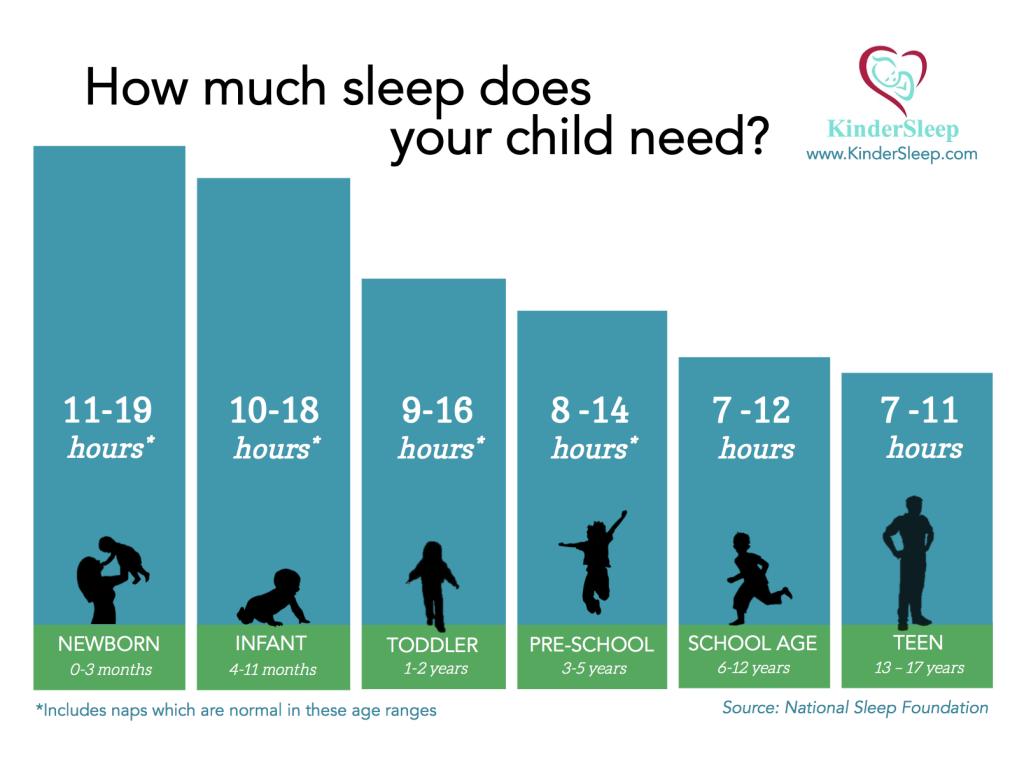 The competitive dance industry mainly comprises of competition production companies—also sometimes called dance competition companies and dance competition lines—that conduct regional competitions at stops along their annual, nationwide tours.
The competitive dance industry mainly comprises of competition production companies—also sometimes called dance competition companies and dance competition lines—that conduct regional competitions at stops along their annual, nationwide tours.
Dancers who compete at these regional competitions are students ranging in age from approximately four to eighteen years old. Dance schools (often referred to as dance studios) primarily arrange for their classes to compete as groups.
Note that advanced dancers may be chosen to compete solos, duets, trios, or in a small group dance in addition to or in place of large group routines. Competitions typically begin in January and end in July or August.
Table of Content
- Costs Associated With Entering a Dance Competition
- 1. Starpower International Talent and Dance Competition
- 2. United States Dance/Drill Team Championship
- 3. America’s Got Talent
- 4. World of Dance
- 5. American Dance Awards
- 6.
 Fusion National Dance Competition
Fusion National Dance Competition - 7. Turn It Up Dance Challenge
- 8. The Dance Championships
- 9. Youth America Grand Prix
- 10. World Professional Latin Dance Competition
Costs Associated With Entering a Dance Competition
All competitions are different. They include different age groups, different styles of dance, different choreography and costume requirements, etc. Some are ballet-only competitions (like Youth America Grand Prix) some are sponsored by religious organizations, and some are only open to local participants.
However, there are costs associated with competitive dancing. First of all, students are expected take a minimum of three dance classes per week at their dance schools. Also the required costumes for dance competitions are more elaborate than recreational level costumes.
These costumes are expected to be more durable and have original designs. As a result the cost of a competitive costume is around $140 – $225. 00 per group. Finally, there are competition entry fees which range from $50.00 to $55.00 per group, per competition.
00 per group. Finally, there are competition entry fees which range from $50.00 to $55.00 per group, per competition.
The primary thing that holds all dance competitions together is the fact that participating dancers have their performances scored, and those with high scores in a multitude of categories receive prizes. Note that these prizes tend to vary greatly; some competitions also give out titles only, some give trophies or material prize packages, some give cash prizes, and some give scholarships to dance schools or contracts for dance companies.
In addition, recruiters, talent scouts, and company artistic directors are also known to attend competitions to view up coming dancers. Sometimes the prizes or meeting opportunities offered at a competition are important motivators for contestants, and sometimes they are not.
Competitive dancers are expected to be physically fit because even short dances can be physically demanding. Dancers are also expected to continuously train to maintain and improve their technique, balance skills, strength and flexibility.
Aside holidays and short breaks during the summer, competitive dancing is normally a year – round activity: dancers attend classes during competition season, to refine their competitive routines, and during off – season to prepare for the next upcoming competition season.
Everyone has goals and always needs passion and a suitable platform to reach those goals. If you are a dancer, then setting your goals at competing at or even winning one of the biggest dance competitions may help you stay motivated. Below are some of the biggest dance competitions in the United States
1. Starpower International Talent and Dance CompetitionFor over 31 years, Starpower International has maintained its stance as one of leaders in competitive dance. They offer a variety of dance competitions, including jazz, modern, tap, contemporary, lyrical, and musical theatre. Note there are three different levels of competition making this contest a great place to get started in the world of competitive dance. Competitions leading into their Battle of the Stars event are held at various locations around the United States.
Competitions leading into their Battle of the Stars event are held at various locations around the United States.
The United States Dance/Drill Team Championship is held annually with young people competing as a team. It tends to involve students from junior high through college competing in state and regional tournaments to win the right to perform at this competition. If this is your chosen style of dance, you may want to consider attending one of their workshops in addition to entering the competition.
3. America’s Got TalentAmerica’s Got Talent is a well known dance competition telecast on NBC prime created by dance and reality show expert Simon Cowell. The show has successfully completed 16 years of spontaneous entertainment via NBC network and has gained overwhelming response across the globe. According to reports, this program attracts a wide range of participants from both USA and abroad who demonstrate their skills in different acts like singing, dancing, comedy, magic, stunts.
Currently the one and only dance competition to with rave reviews is NBC premier’s World of Dance produced by famous star performer Jennifer Lopez. The series brings eclectic dance forms featuring performers from all across the globe either in solo or group performances.
The show is represented by judges Jennifer Lopez, Ne-Yo and Derek Hough. Note that the World of dance competition series showcases talented dancers through qualifying rounds held across the nation who enroll via online submissions.
5. American Dance AwardsEstablished in 1979, American Dance awards is renowned for creating a rich history of talents 40 years in the making, serving as source of inspiration for both the dancers and the teachers. American Dance Awards practices a fair and unique system of database driven score board to evaluate the final results.
ADA’s highly respected panel of judges analyze the minute details of dance forms like structure, balance, grace, finesse, and rhythm before they come to the final conclusion and declare the winner. Each year dancers from all over the world come together at ADA to walk on the path of excellence and create memories of a lifetime.
Each year dancers from all over the world come together at ADA to walk on the path of excellence and create memories of a lifetime.
At the Fusion National Dance Competition, you can unleash your inner dancer and grow your passion for the art. This competition offers a unique platform for dancers of all ages and skill levels to bring out the best in them. Fusion National dance dazzles you with spectacular performances by dancers rendering different dance styles with flawless ease. What really steals the limelight in the competition is the title competition in which dancers are judged based on solo and impromptu performances.
7. Turn It Up Dance ChallengeAs a dance, if you really want to turn up your passion for dance and want to make it big in the world of dance, then join the bandwagon of Turn It Up Dance Challenge. This competition is a conventional dance competition for dancers of all ages and levels which launches you into the glitz and glamour of the dancing world.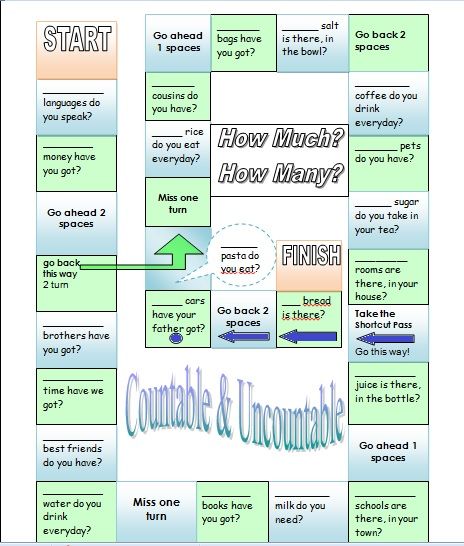
Turn It Up Dance Challenge offers its contestants a week full of live excitement through brilliant dance performances. TIU hosts events all across USA and each year new locations are added for the participants to enrol themselves easily. TIU also allows you to participate in its annual dance conventions held every year between Octobers to December.
8. The Dance ChampionshipsThis dance competition is renowned as the dance industry’s most competitive dance, gathering dance prodigies from all over USA. Established in 1989, The Dance Championships has spearheaded the competitive dance scenario in the Upstate and Western New York area.
Dance Championships provides dancers with the most affordable dance experience in a family friendly environment. It vouches for the best facility and technological backing compared to its peers, be it online registration, advertising or music uploading. Unlike its counterparts, Dance Championships has nominal entry fees.
The Youth America Grand Prix remains the largest ballet competition and scholarship program in the world. Dancers start out competing at 25 locations spread across the world. Then, 1,200 are invited to New York City for the final competition. In addition to being seen by people who are looking for ballet dance companies, over $500,000 in scholarships has been awarded. Many top professional ballet dancers got their start at this competition.
10. World Professional Latin Dance CompetitionDancers may perform a variety of Latin dance styles at the World Professional Latin Dance Competition. Note that over $44,000 is awarded annually during this competition along with several scholarships. The National Dance Council of America put on this event annually.
Conclusion
For some who are pursuing professional dance careers, competitions can provide important exposure and prizes that will help a dancer reach his or her goals.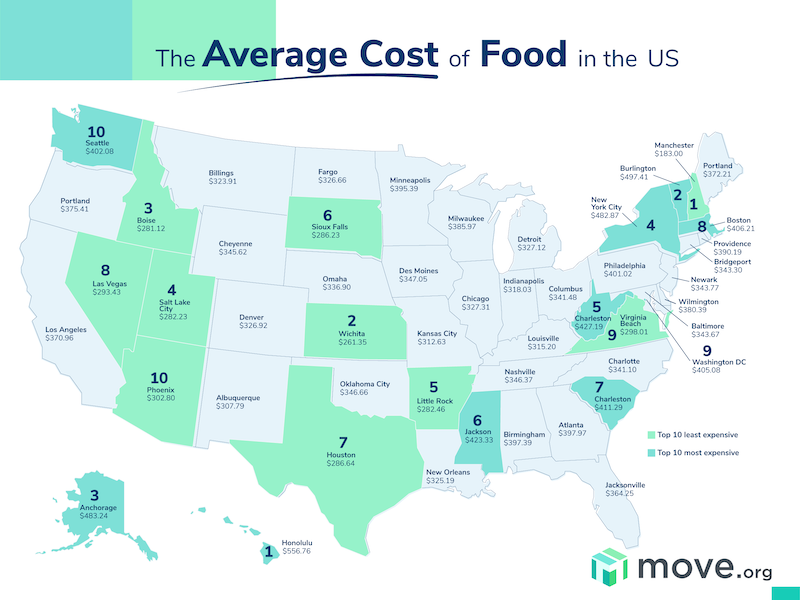 When talent scouts and company directors attend competitions or prizes include contracts and scholarships, a successful comp can result in a job offer or entrance into a prestigious school.
When talent scouts and company directors attend competitions or prizes include contracts and scholarships, a successful comp can result in a job offer or entrance into a prestigious school.
Children's dance competitions (choreography), in absentia and in person
- You are here:
- Contests
- Dance competitions
Does your child love and know how to dance? All-Russian and International competitions of children's dance and choreography are waiting for you!
You can take part in dance competitions within the framework of the following projects:
Dancing is one of the areas of art, interest in which wakes up sooner or later in every child. The joy of rhythmic movements to music and new bodily sensations, babies can experience very early. Children's dance competitions and demonstration performances for their relatives - such entertainment is organized by both kindergarten children and older children.
The joy of rhythmic movements to music and new bodily sensations, babies can experience very early. Children's dance competitions and demonstration performances for their relatives - such entertainment is organized by both kindergarten children and older children.
Nature has instilled in every toddler the desire to move to the beat of a cheerful song - it is important to maintain this interest and develop the dancing abilities of your child. If a young artist is growing up in your family, ready to dress up and learn new "pas" from morning to evening, waiting for praise and star success, help him! Children's ballroom dancing competition from the project "Forward! To success!" - this is an opportunity to "show" the creativity of your child to recognized masters of choreography and dance art. The demonstration of the talents of children from 5 to 17 years old takes place in a correspondence format, allowing even children from the most hidden corners of Russia to appear before the eyes of famous masters of choreographic art.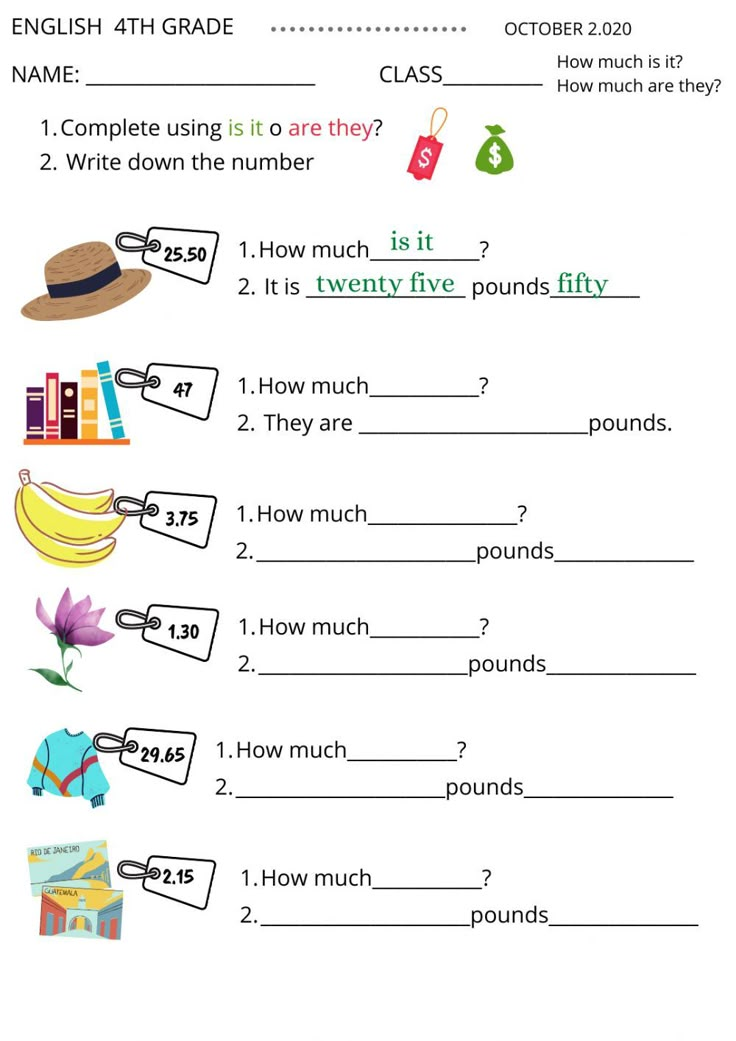
Organizing a "minute of glory" for your child is not difficult at all:
- apply for participation in the children's choreography competition directly on our website,
- pay the registration fee,
- send a video of the performance of a young dancer and wait for the announcement of the winners of the prestigious creative competition!
We also consider applications from children's ensembles and creative teams of institutions of additional education (UDO).
For the children's choreography competition, you can prepare a performance in any genre and with any creative idea: folk and stylized, modern and pop, sports and hip-hop, classical - let young ladies and gentlemen express themselves on stage in the most rehearsed and pleasant way!
The jury will evaluate not only the technique of performance and dance skills of each participant, but also the overall stage performance, the harmony of the composition of the performance, its age-appropriateness. Teachers and parents will receive feedback and advice from the heads of creative ensembles and leading soloists on how to improve the level of skill and return on their studies, how to motivate children and how to maintain interest in the beautiful art of the goddess Terpsichore.
Teachers and parents will receive feedback and advice from the heads of creative ensembles and leading soloists on how to improve the level of skill and return on their studies, how to motivate children and how to maintain interest in the beautiful art of the goddess Terpsichore.
By participating in the children's dance competition from the project "Forward! To Success!", children will be convinced of the uniqueness of their choreography, gain confidence in themselves, and feel the taste of real success. Little dancers sooner or later go through a stage when classes get bored, cease to bring pleasure. At this moment, it is important for them to give support and recognition, to realize that the path to glory is difficult and thorny, but the result is worth it.
Diplomas of the project, which has become an international platform for children's success, will cheer you up and take a worthy place in the portfolio of your daughters and sons.
Still not sure if you need a children's dance competition? Send us videos of your children's performances and we will help them become famous and successful!
Apply
Take part in Olympiads in solfeggio and musical literature on the portal https://blitzolimp. ru
ru
Take part
cool battles and other fun for guests and everyone else
Wedding contests must be original. You definitely need to come up with some kind of active entertainment, and dance competitions are perfect for this. They help stir up the guests, direct the energy of the most active in the right direction and stir up the most shy.
Dance competitions can be collective or individual , take place in the form of a competition or a real dance battle. It can also be just collective dances with a leader. And most importantly, to participate in such competitions, it is not at all necessary to be able to dance.
Contents
- 1 When?
- 2 How to prepare?
- 3 Cool competitions for guests
- 3.1 Dances of the peoples of the world
- 3.2 Pop the balloon
- 3.3 Troika-four
- 3.4 The most hardy
- 3.5 Limbo
- 3.6 Hat
- 3.7 Parts of the Body
- 3.
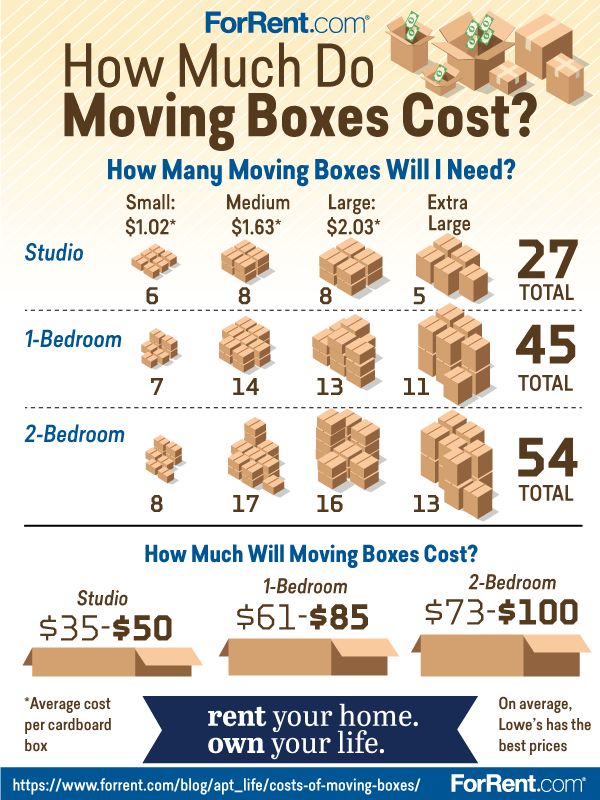 8 I know this dance
8 I know this dance - 3.9 Funny performance
- 3.10 Dance Batl
- 4 What should be avoided?
- 5 Useful video
- 6 Conclusion
When to do it?
The right time to hold the first dance competition is some time after the start of the banquet. First you need to create a certain atmosphere, cheer up the guests and stir them up. Then it will be easier for them to overcome constraint and go to the dance floor.
Please note! Active and calm competitions must be alternated. Everything related to dancing is active entertainment, so you should not force guests to dance if they just ran or jumped. But after the table competitions, it is quite possible to arrange dances.
Dance competitions should not be held on an empty stomach, guests should at least have a bite to eat. But pulling them out from the table immediately after tasting hot is not worth it. Competitions can be held after appetizers or some time after the main course has been served when guests are expecting dessert. Also, a dance competition, a collective dance or a flash mob can be a worthy end to the holiday.
Also, a dance competition, a collective dance or a flash mob can be a worthy end to the holiday.
How to prepare?
To hold dance competitions at a wedding, you will need the following:
- spacious room;
- musical equipment and audio recordings;
- good lighting.
The choice of songs for competitions is a separate art. It is better to prepare several dozen diverse compositions in advance in order to be able to choose music for the current mood of the guests. It is necessary to be able to very clearly catch the time period for its inclusion, so that there are no awkward pauses. Music should be handled by someone who knows how to handle equipment well. It is best to hire a professional DJ.
Guests should also be given enough space to move freely. You should not spend such entertainment near tables with food. At least 3 square meters must be allocated for dancing. This is enough for a small group of dancing guests.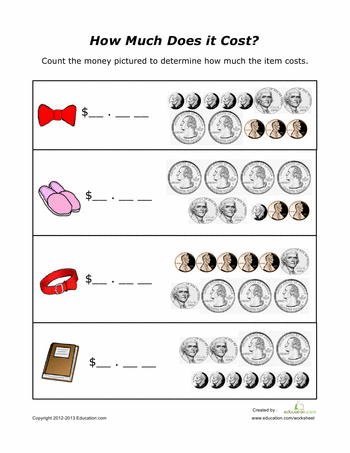
Dance competitions are selected depending on the size of the room. The more spacious it is, the more opportunities for their implementation.
The dance floor must be well lit . This creates the right atmosphere, because the dance part is always in the spotlight. During dance-related events, you can turn on disco lighting, play with spotlights or arrange a laser show.
Cool competitions for guests
There are a huge number of wedding dance competitions. They are selected depending on the following factors:
- the age of the invitees;
- contingents present;
- room size;
- preferences of guests and young people.
Usually the host takes care of the selection, but the newlyweds themselves can also make proposals. Here are some variations of the original dance competitions.
Dances of the peoples of the world
Several couples are selected from among the guests.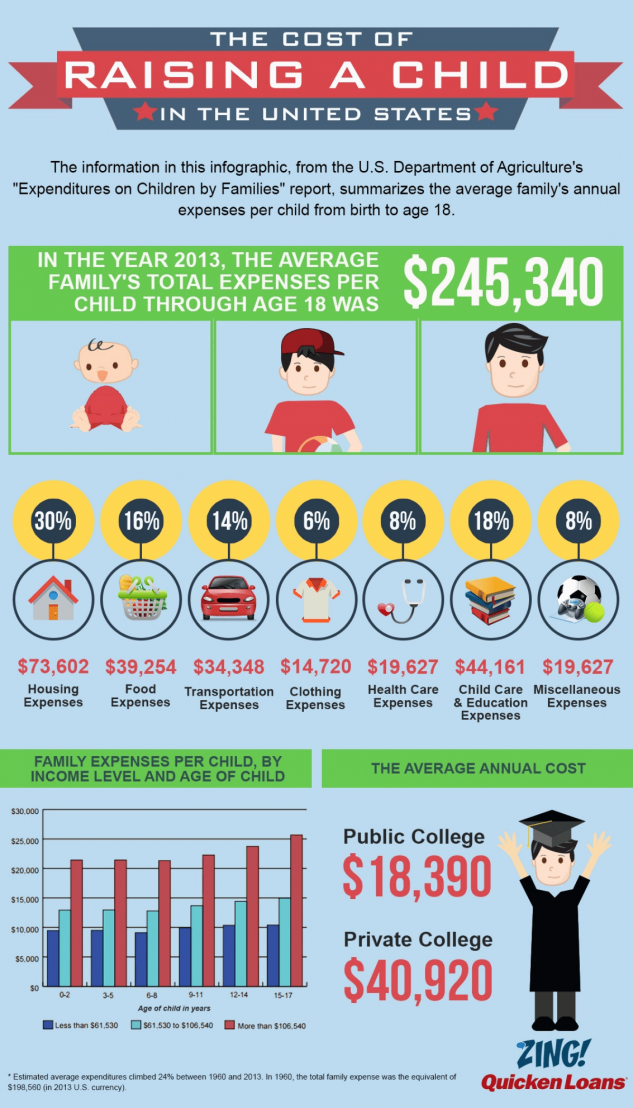 They can consist of those who are in a relationship, as well as complete strangers. Couples are given the task to dance several dances of various peoples of the world. It doesn't matter at all that they don't know how to do it, because that's the whole point. The music of various nationalities is included: Russian, Caucasian, gypsy, Spanish, Chinese or Indian.
They can consist of those who are in a relationship, as well as complete strangers. Couples are given the task to dance several dances of various peoples of the world. It doesn't matter at all that they don't know how to do it, because that's the whole point. The music of various nationalities is included: Russian, Caucasian, gypsy, Spanish, Chinese or Indian.
Feature: couples can dance simultaneously to the same music, or each of them is given a separate task.
It is even more fun when special attributes are given out for the competition: national clothes, shoes or hats. After the end of the competition, the winner is determined with the help of applause. Instead of couples, you can also invite individuals, but only when the guests have had enough fun.
Pop the balloon
This is a very active competition that will especially appeal to the youth of . It will require several pairs. Balloons are tied to the ankles of the girls. The goal is to burst the balls of all opponents with your feet, while connecting your hands with your partner. All this happens to cheerful music, laughter and cheering cries of guests. It is very funny to watch when everyone in a pair runs in their own direction. If the couple disengages their hands, they are eliminated from the competition. The winner is the one who managed to burst all the balls of the opponents.
The goal is to burst the balls of all opponents with your feet, while connecting your hands with your partner. All this happens to cheerful music, laughter and cheering cries of guests. It is very funny to watch when everyone in a pair runs in their own direction. If the couple disengages their hands, they are eliminated from the competition. The winner is the one who managed to burst all the balls of the opponents.
Threes and fours
The more people participate in such a competition, the more interesting it is. First, everyone starts dancing together until the leader calls out: “Three!” Guests should immediately break into groups of three and continue dancing. Then the leader shouts: "Four!" Accordingly, the guests should be divided into groups of four people.
It can also be fives, sixes, sevens, and so on. You should not split into pairs, otherwise the meaning of the competition will be lost . After each command of the leader, people who could not unite in a group are eliminated. At the end, 2-3 people remain, who become the winners.
At the end, 2-3 people remain, who become the winners.
The most enduring
This is a very simple competition, however, you need to choose the right time for it. It is best to hold it closer to the beginning of the event, when the guests have not had time to drink much. Couples of strong men and fragile girls are invited to the dance floor. The task of every man is to take the girl in his arms and dance with her until the end of the melody. The one who lowered the girl is out. The most enduring remains at the end.
Note: it is especially interesting to watch such a competition when two men remain on the dance floor, trying with all their might to snatch victory from each other.
Limbo
Only the laziest have not heard about the famous limbo dance. Its essence is that an even rope is pulled in the room, under which a person must pass to the music, bending back. You can't touch the rope. There can be a large number of participants in this competition, but you should not invite more than 10 people so that the competition does not drag on.
Participants take turns walking under the rope, trying not to touch it. There is only one way to pass - bending back. When everyone has passed under the rope for the first time, it drops down by 5 centimeters. Now it is much more difficult to walk under it, and the intensity of passions intensifies. Then the rope must be lowered another 5 centimeters, and so on. Each time, the participant who touched the rope is eliminated. You should not invite people who have problems with the spine to such a competition.
Hat
Up to 15 people can enter this contest . The host invites several guests to the dance floor, who become in a circle. The first participant takes a hat and puts it on the head of a neighbor, and that one to his neighbor, and so on until the music ends. Whoever has a hat left in their hands is out of the game. Play until there is only one player left, who becomes the winner.
There is a more interesting version of this competition.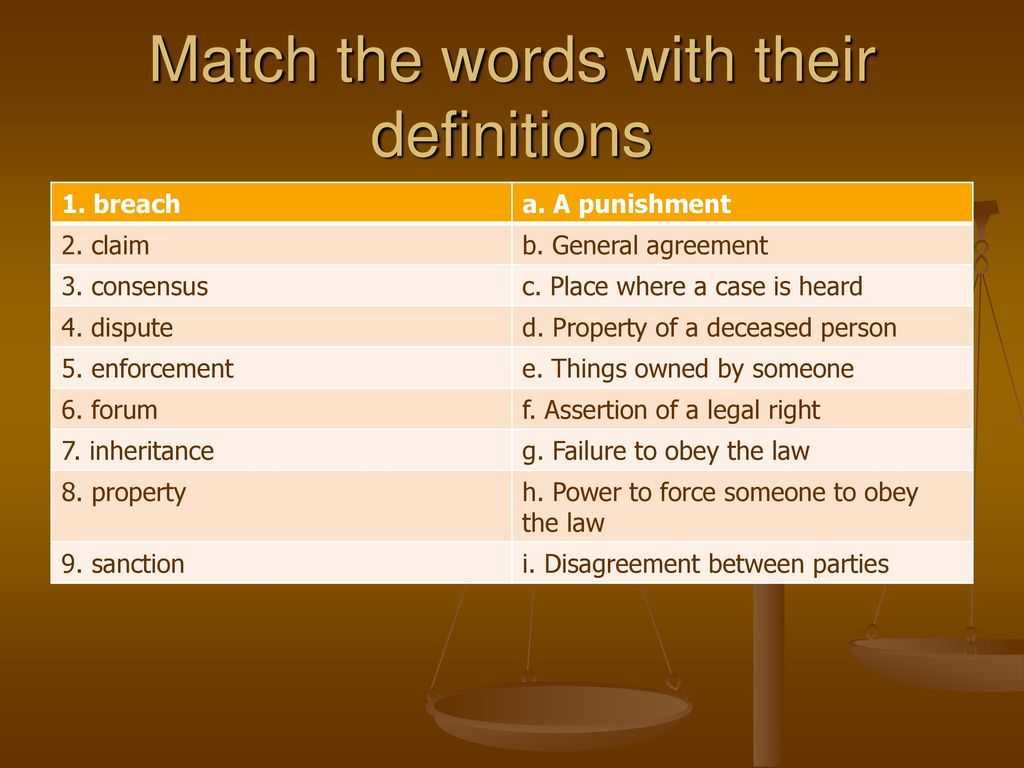 The participant in whose hands the hat remains does not drop out, but approaches the leader. The leader has in his hands a list of duties that the losers must fulfill. It can be:
The participant in whose hands the hat remains does not drop out, but approaches the leader. The leader has in his hands a list of duties that the losers must fulfill. It can be:
- the obligation to invite the newlyweds a week after the wedding for tea;
- come to the newlyweds with a bottle of cognac;
- call every hour during the day and say nice words.
You need to put a tick in front of the task that you like. Accordingly, each participant in this competition receives his own assignment, the list of which is read out at the end by the moderator. Tasks can be anything, as long as they are fun, funny, enjoyable to perform and in no way offensive.
Body Parts
The competition is suitable for the most active guests. Its essence is that you need to dance with separate parts of the body. For example, the host asks you to dance with your right hand. The music turns on, and all participants begin to dance with only their right hand.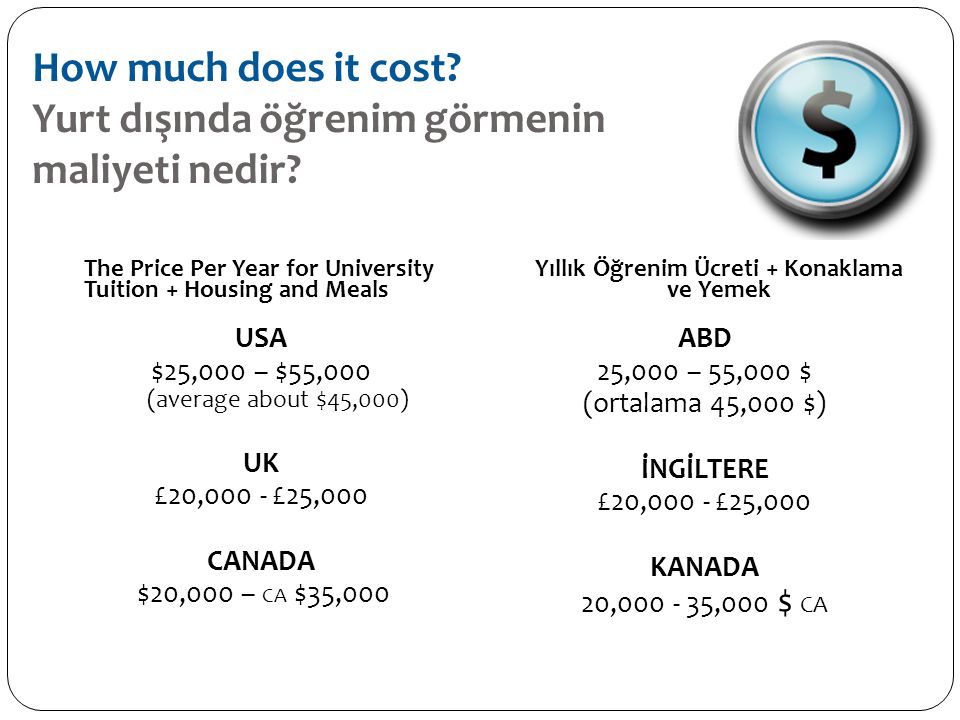 Then you can dance with your left foot. After that, you can depict the dance of the head or the right ear. In this competition, the winner is the one to whom the loudest applause sounded.
Then you can dance with your left foot. After that, you can depict the dance of the head or the right ear. In this competition, the winner is the one to whom the loudest applause sounded.
I know this dance
For this competition, you need to choose melodies from popular films, to which the characters danced some kind of dance. These films must be widely known. Several guests are invited to the site. The host turns on the music from the film, and you need to repeat the dance that was danced to it as accurately as possible. The winner is the one to whom the guests applauded the loudest.
Help! It's okay if one of the guests did not watch a certain movie, because he can repeat after other guests.
Funny performance
For this competition, you need to prepare cards with scenarios. Several guests are invited to the site, and preferably couples or groups of three people. The task of each team is to dance some situation from a famous movie or cartoon .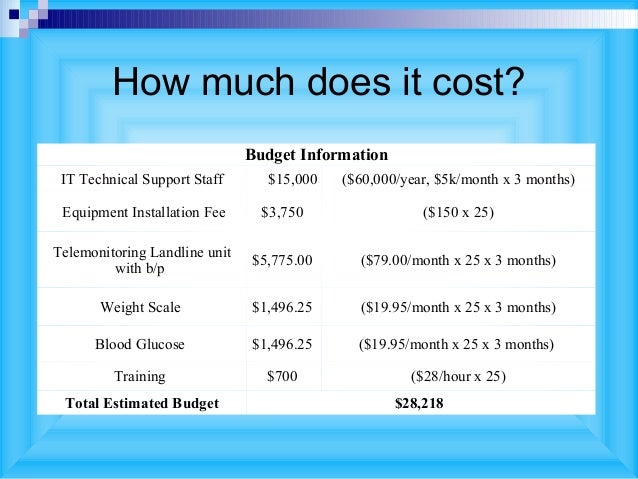 The facilitator distributes cards with tasks and gives the teams time to cook. Everyone dances in turn, and the task of the other guests is to guess what they are trying to portray. There are usually no winners in such a competition, all participants receive prizes and gifts.
The facilitator distributes cards with tasks and gives the teams time to cook. Everyone dances in turn, and the task of the other guests is to guess what they are trying to portray. There are usually no winners in such a competition, all participants receive prizes and gifts.
Dance battle
A very incendiary competition in which a large number of guests can participate, up to all participants of the solemn event. It is better to spend it at the very beginning of the dance block in order to prepare all those present for it . Participants are divided into two teams that compete with each other. For example, men can compete with women.
Teams take turns performing a dance to the same music. In order to warm up people, the leader can show the movements to the teams. As musical accompaniment, it is better to use cuts from short excerpts of famous dance hits. The main thing is that the melodies are incendiary. After each dance, the host announces the winner, which is determined by the applause of the guests who are not participating in the battle, or by the host himself.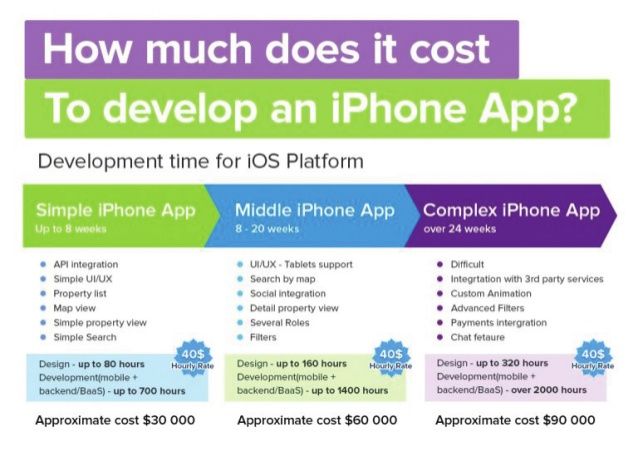 Of course, all this must be done with jokes so as not to offend anyone.
Of course, all this must be done with jokes so as not to offend anyone.
What should be avoided?
The same mistakes are often made at different weddings during dance competitions. The first and most common of them is to start dancing with an individual competition. If you put a person in the middle of the hall, he invariably becomes shy . This is felt by other guests, and the atmosphere becomes tense. Therefore, it is better to first hold collective dance competitions, and it is worth calling an individual to the dance floor only when the host has already sufficiently warmed up the audience.
You shouldn't make old people dance either if they don't want to. Of course, many of them do not mind moving, but if you know that someone has health problems, be sure to warn the leader about this.
Important! Sometimes there are too vulgar dance competitions. Both couples and people who do not know each other can participate in them.